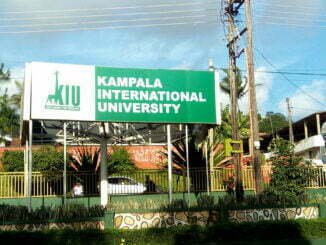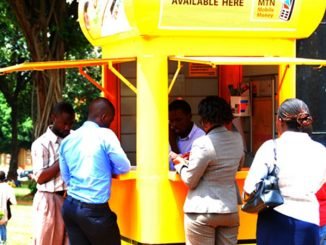
As a way of cultivating a saving culture, students at various universities have formed groups through which they pool on a rotational basis.
This publication has interacted with some of the students who formed saving groups which they call Saccos, in reference to the Saving and Credit Cooperatives (SACCOs). The students, some of whom have been saving since 2016, say the “Sacco” is to enable them plan for their lives after school. The money they save is deducted from their upkeep during the semester.
Allen Keinembabazi, a year three at Kyambogo University, is the secretary of Young Savers Sacco. She says the idea of the Sacco was brought up by a fellow student in 2016 and now the group has 12 members.
Every beginning of the month, each member is supposed to at least save 15,000 shillings from their upkeep. This money is then collected and given to one member.
“The money is collected in the first five days of the month and failure to pay in time attracts a fine of 5,000 shillings,” Keinembabazi says.
Keinembabazi says each member is supposed to come up with a business idea such as poultry, goat rearing, or maize growing which is monitored by the Sacco members to know if the money he/she collected is being put to proper use.
Stella Kashabe and Ruth Nasasira, both second year students at Ndejje University, came up with an idea of Get Rich Sacco in November 2017. Twenty people are involved and each one pays 16,000 shillings every after two weeks. Fifteen thousand from each of the members is given to the person supposed to receive the “cash round” and one thousand is saved.
Kashabe says she has been saving her money on a fixed account for future use.
Get Rich Sacco members help each other by checking on those who are sick or in case a member loses a relative.
Nasasira says the biggest challenge is delayed payments and receiving money in phases.
Ronah Rwakajara is a member of Achievers Class Intake Sacco, one of the groups at Kampala International University (KIU) formed in 2016. She says she brought up the idea of the Sacco while in her third year at Kampala International University.
The “sacco” how stayed alive after its most of its members completed their university courses. It now has 25 members where each one of them contributes 500,000 shillings every six months.
Rwakajara says the sacco has since started lending money to people at 20 percent interest and that the members are planning to invest in real estate.
“Some people are not committed, in money lending some members borrow money and take long to pay back,” she says.
According to the Uganda Bureau of Statistics, Uganda has the lowest savings to Gross Domestic Product (GDP) ratio in East Africa, standing at 13.48 per cent. Ugandans save less than five per cent of their monthly earnings. Kenyans save 23 per cent, Tanzania 13 per cent and Rwanda 18 per cent.
The sacco is also used to cement social ties among members by contributing money for the those holding graduation parties or getting married.
– URN



